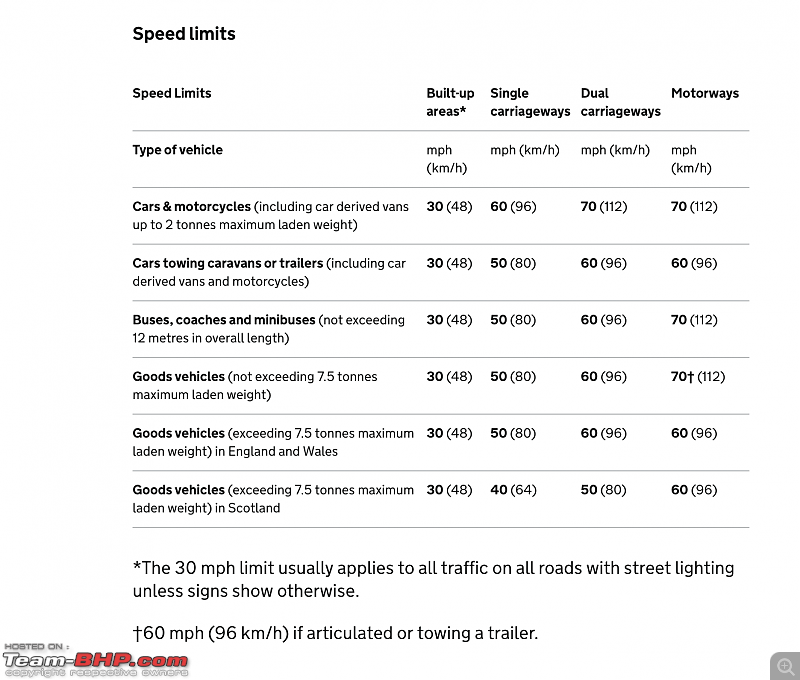

- #Practical hazard perception test how to#
- #Practical hazard perception test drivers#
- #Practical hazard perception test full#
It will teach you how to be a safe driver while at the same time getting you ready for your DVSA driving theory test through building your hazard perception skills. As a driver learner looking to ace, you’re driving test on your first trial hazard perception practice comes in handy.

To increase your odds of success, it is recommended to practice online and ensure you’ve grasped what it takes. If you don’t sit the practical test within this time, you will have to book and pass another theory test.Īs always is when learning and mastering new skills in life, practice makes perfect. If you pass the theory test, you must take the practical driving test within two years. You can easily obtain the license by submitting an online application. A 16-year old candidate may also take the test if they apply for the enhanced rate of the mobility component of the Disability Living Allowance.Ī provisional driving license is required for you to sit the test.
#Practical hazard perception test drivers#
Learner drivers are eligible to sit the test from the age of 17. Who is eligible to sit the hazard perception test? You don’t lose points for clicking when there isn’t a developing hazard. Clicking outside of the scoring window will also result in a score of zero. For instance, if you click multiple times in quick succession on a clip, you score a zero for the clip, and a warning message may appear when the clip ends.Ĭlicking the computer mouse too early before a potential hazard becomes a developing hazard or when the hazard has fully developed will also result in a score of zero. There are situations where one can score a zero on a clip. The maximum score on the perception test for cars and motorcycles is 75, with a pass mark of 44. The earlier you react, the better, as responding in the first segment will score 5, and the last section will score just one point. As soon as you spot a hazard, click or touch the screen as you notice it developing. Your score on a clip will be based on how early you click on a developing hazard. The scoring window has five equal segments. Ideally, a developing hazard is one that might require a driver to change speed, stop, or change direction. You need to pass both sections of the theory test to qualify for the practical test.Įach video clip has a maximum of 5 marks, but the score decreases as the hazard develops. If you fail either part, you must retake both tests. This will be the pass certificate you use to book the driving test. After completing the test, you receive a paper print out showing grades for both tests. The driving theory test consists of a series of 50 multiple-choice questions followed by the hazard perception test where you’re required to spot the developing hazards as they start to happen.
#Practical hazard perception test full#
The UK hazard perception test is a requirement for you to attain a full driving license. Why is the hazard perception test so important? It will be up to you to figure out the two hazards. In 13 of the 14 clips, there is one hazard for you to spot, but in one clip, there will be two hazards. The test takes between 15-20 minutes to complete. You are required to identify potential hazards as they develop. The perception test consists of 14 video clips that show real-life scenarios on the road from a driver’s point of view. This test is vital because it is estimated to reduce road crash rates by 11.3 percent. The hazard perception test is one section of the UK driving theory test that is designed to ensure that learner drivers can recognize potential hazards on the road.


 0 kommentar(er)
0 kommentar(er)
